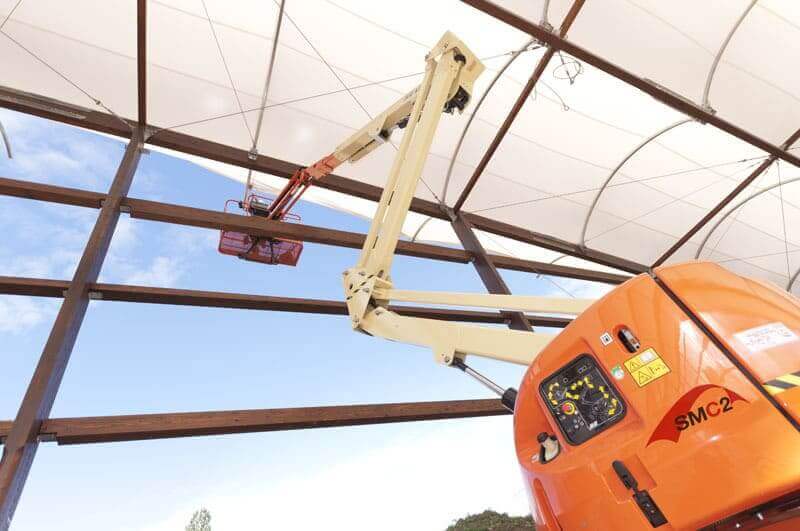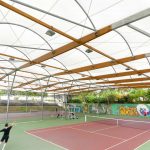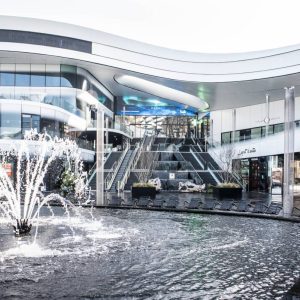DRY CONSTRUCTION: A SECTOR OF THE FUTURE

The dry construction sector represents an evolution of the building sector towards greater productivity thanks to the use of light materials, such as steel or wood, assembled mechanically.
WET VS. DRY CONSTRUCTION
In comparison, the “wet” sector corresponds to the traditional sector, based on the use of concrete and cement (in blocks, cast, combined with metal, etc.). This type of construction requires a drying time that slows down the building site. It consumes a lot of energy, both for the manufacture of the materials and for their transport.
The dry process does not require water. It therefore allows for environmentally friendly manufacturing. Construction is quieter and cleaner. Construction times are reduced as there is no need for drying time for materials (concrete, cement, plaster).
THE ADVANTAGES OF THE DRY PROCESS
- Reduced construction time
The absence of a drying time for the materials avoids the risks of faulty workmanship encountered when this stage of the wet process is poorly managed.
In addition, the wood or steel parts can be adjusted and pre-assembled in the factory. This reduces the assembly time on site, which is less dependent on the weather.
The closing of the roof (air and watertightness) is therefore quicker and the finishing work (wallpapering, plastering, flooring) can be carried out immediately.
- Economical construction
The prefabrication of the parts and the reduction of the construction time make it possible to make significant savings on materials, transport, but also on labour.
In addition, the dry process does not require bulky machinery. It is therefore the solution for constructing or raising a building that is difficult to access, in the middle of the city for example.
- Quality materials
Dry materials offer a wide variety of arrangements, colours and combinations with other materials. Wood is renewable. Wood construction combines aesthetics and longevity of the building. They allow the design of modular and easily adaptable spaces, while maintaining effective acoustic and thermal insulation.
- A low impact on the environment
Pre-assembly in the workshop reduces noise, dust and pollution on the construction site. This reduction in the nuisance caused by the work is much appreciated by the neighbourhood. In addition, the small amount of waste and the reduced water consumption make it a low-pollution construction site that can be cleaned up quickly. A dry construction site therefore has a lower “carbon footprint” than a wet construction site, especially with the use of wood, the only construction material with a positive CO2 balance.
Dry construction is a relatively new construction method in France, but it is increasingly used because of its financial, aesthetic and economic advantages.







